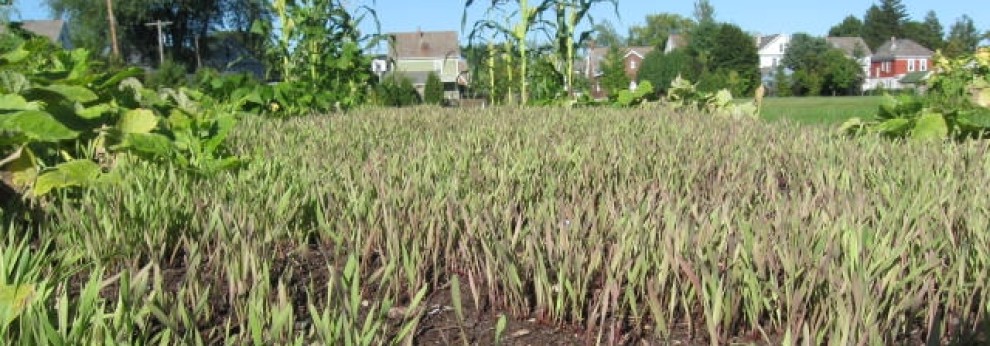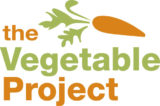One of the great challenges of school gardening in upstate New York is the mismatch between the school calendar and common notions of when the growing season starts and ends. Students aren’t in classes in July when tomato vines look bigger from one day to the next. And January temperatures are not exactly conducive to dividing up perennials.
 We at the Vegetable Project, however, are making headway in our bid to redefine the growing season, so that it synchs up with the school calendar a bit better than some would think possible. You might actually say that we’re working to turn the period that begins January and runs through December into growing season, though we don’t expect to be doing quite everything that the word “gardening” implies when the daylight is short and the temperatures fall below freezing.
We at the Vegetable Project, however, are making headway in our bid to redefine the growing season, so that it synchs up with the school calendar a bit better than some would think possible. You might actually say that we’re working to turn the period that begins January and runs through December into growing season, though we don’t expect to be doing quite everything that the word “gardening” implies when the daylight is short and the temperatures fall below freezing.
One initiative involves learning to build and learning to use “season-extending” fixtures, like small hoop houses that provide certain plants with some protection from the elements when sitting atop our raised beds. Mizuna, arugula, kale and other leafy greens that we already know are relatively tolerant of the cold were looking somewhat stressed recently after the temperature dropped below 10 degrees several times over a few days, but not bad. Accompanying pictures were taken at Myers Middle School (above) and Albany High School (below) on Tuesday, Jan. 23, when the temperature was in the mid-30s.
 Developing a design that we really liked took years of start-and-stop trial and error. We’re still learning what plants work best and the best time to start them and how to care for them. And we don’t always get everything set up in the fall when we should because we’re busy doing other things.
Developing a design that we really liked took years of start-and-stop trial and error. We’re still learning what plants work best and the best time to start them and how to care for them. And we don’t always get everything set up in the fall when we should because we’re busy doing other things.
Still, the prospects look good for producing a steady, if modest, supply of greens through the winter next year. We have one hoop house in working order at each of our two school gardens. But building more and keeping them in working order should get easier as we put to use the knowledge and skills we gained bumbling around for so long.
 So, how exactly do these hoop houses work? Interior temperatures do rise some when the sun is shining. But the real big deal is that the structure protects plants from the stress of wind and wet conditions when temperatures plunge. Think in terms of ourselves: A windy 15 degrees feels a whole lot colder than 15 degrees when the air is still. And we’re much more comfortable if our shoes and socks are dry on that same 15-degree than we are if our feet get wet.
So, how exactly do these hoop houses work? Interior temperatures do rise some when the sun is shining. But the real big deal is that the structure protects plants from the stress of wind and wet conditions when temperatures plunge. Think in terms of ourselves: A windy 15 degrees feels a whole lot colder than 15 degrees when the air is still. And we’re much more comfortable if our shoes and socks are dry on that same 15-degree than we are if our feet get wet.
Passive greenhouses – meaning those warmed only by the sun – will never let us grow tomatoes or peppers, eggplant and melons in the winter. But lettuce and spinach and kale and collards can take quite a bit more cold than we might realize. But with daylight getting longer now, it almost like we have a gentle breeze at our back.
–Bill Stoneman



